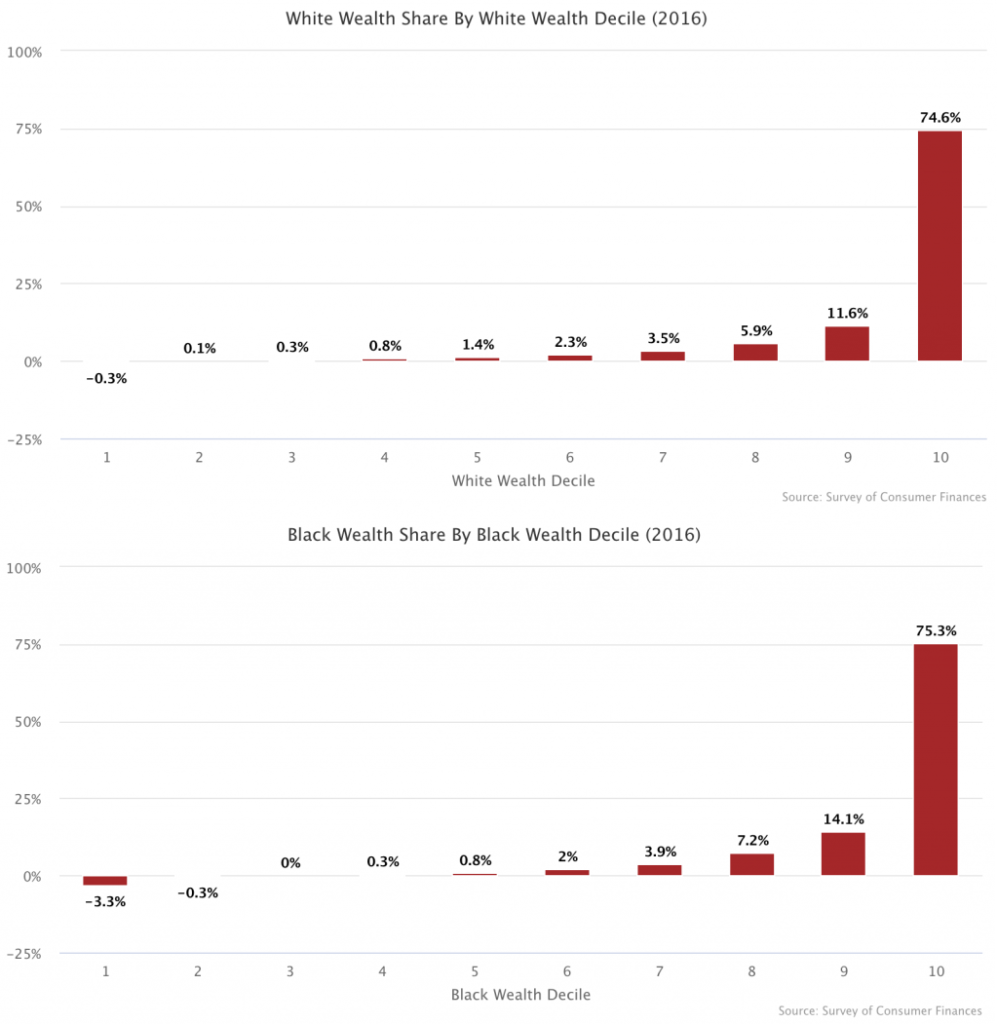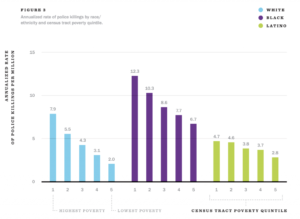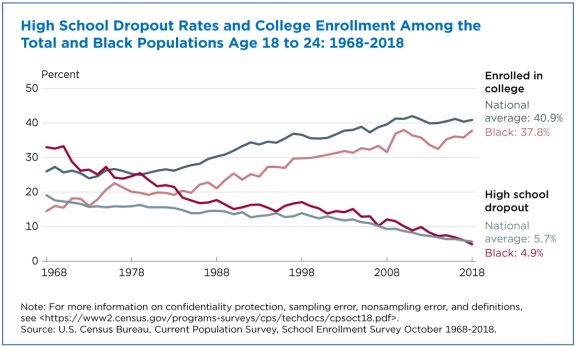 The article The Racial Wealth Gap is About the Upper Classes by Matt Bruenig (6/29/2020) on the People’s Policy Project explains. First the racial wealth gap is large:
The article The Racial Wealth Gap is About the Upper Classes by Matt Bruenig (6/29/2020) on the People’s Policy Project explains. First the racial wealth gap is large:
If you take the net worth of all white households and divide it by the number of white households, you get $900,600. If you do the same thing for black households, you get $140,000. The difference between these figures — $770,600 — is the best representation of the overall racial wealth gap.
The graphs here from the article show that the wealth in both groups is largely concentrated in the top 10%.
What this means is that the overall racial wealth disparity is being driven almost entirely by the disparity between the wealthiest 10 percent of white people and the wealthiest 10 percent of black people.
Overall,
This means that even after you have completely closed the racial wealth gap between the bottom 90 percent of each race, 77.5 percent of the overall racial wealth gap still remains, which is to say that the disparity between the top deciles in each race drives over three-fourths of the racial wealth gap.
Further,
What this shows is that 97 percent of the overall racial wealth gap is driven by households above the median of each racial group.






 The Washington Center for Equitable Growth article
The Washington Center for Equitable Growth article 
